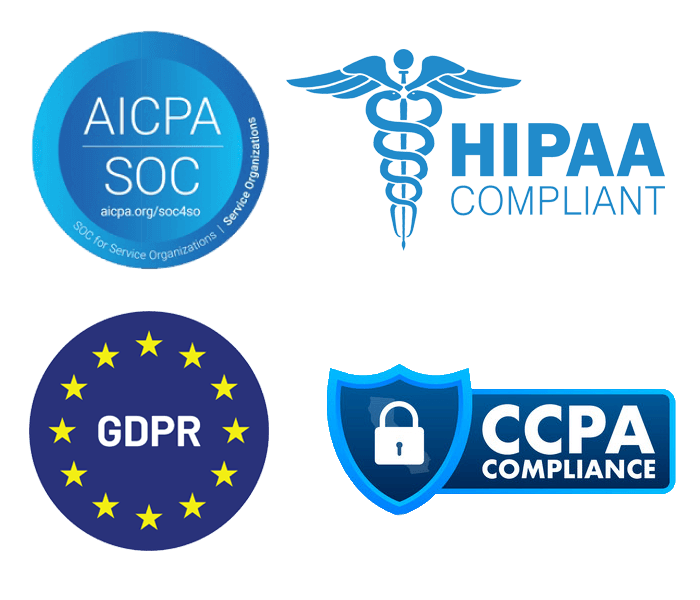シンプルなデータパイプラインの
構築&変換
柔軟なデータパイプラインを
だった数分で簡単に構築&管理
- ドラッグ&ドロップで簡単にノーコードパイプライン構築
- 220以上ものデータ変換
- カスタマーインサイトを得るための情報を一元管理
- 常に完全な現地対応のカスタマーサポート完備

ETLトライアルのためのデモ申請
当社プロダクトエンジニアがご相談に乗り、ソースと送信先を設定など、お客様のご要望に合ったトライアルを提供します。
ETL & リバース ETLをご利用の お客様の声
業界最高峰のサポートをお届けします。
サポートに関わる最新の指標
92%
顧客満足度
2m
初動対応の平均レスポンス
51m
解決までの平均所要時間

最高レベルのデータセキュリティ
法規制遵守の簡素化
法規制遵守の簡素化
お客様のデータのセキュリティに関しては、常に私たちの最優先事項です。CISSPとサイバーセキュリティの認定を受けたプロのチームによるサポートで、厳しいデータセキュリティの法律とベストプラクティスを遵守しながら、データ戦略を実行していきましょう。












